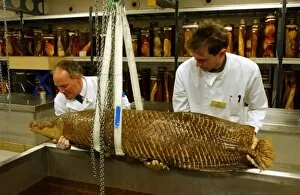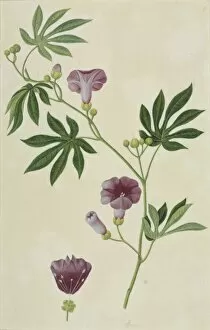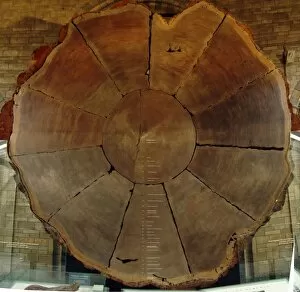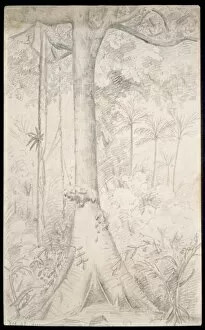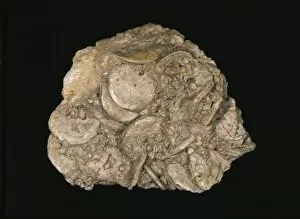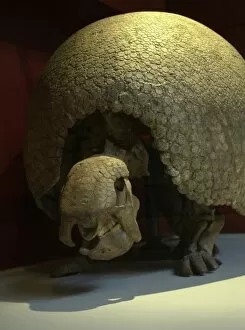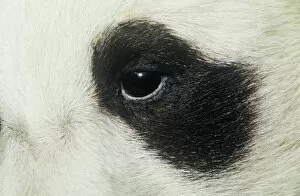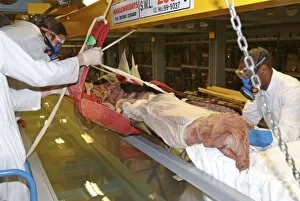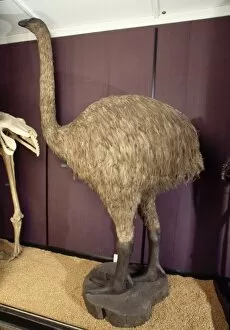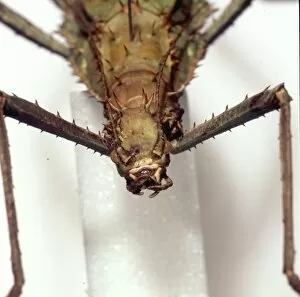Giant Collection (page 100)
"Unleashing the Power of Giants: From Mythical Creatures to Human Ingenuity" Step into a world where giants roam, both in folklore and reality
For sale as Licensed Images
Choose your image, Select your licence and Download the media
"Unleashing the Power of Giants: From Mythical Creatures to Human Ingenuity" Step into a world where giants roam, both in folklore and reality. In Sir Gawain and the Green Knight by William McLaren, we witness the epic encounter between a valiant knight and an imposing green giant. The tale reminds us that even heroes face formidable challenges. Speaking of giants, let's turn our gaze towards the stars. At Palomar Observatory, nestled among California's mountains, stands a colossal 200-inch telescope—a testament to humanity's quest for knowledge about our vast universe. But not all giants reside in distant realms or celestial bodies. Take Old Orkney Whiskey, for example—an elixir crafted with meticulous care over centuries. Each sip reveals flavors as rich and robust as the legendary Kraken attacking ships during stormy seas and can also be found within human creations like Da Vinci's crossbow—a marvel of engineering that showcases Leonardo's genius beyond his renowned artworks. Its intricate design embodies innovation on a grand scale. Yet sometimes giants emerge from nature itself—like the awe-inspiring giant octopus lurking beneath ocean depths. With its tentacles swirling gracefully through underwater kingdoms, it captivates our imagination with its mysterious presence. And who could forget Godzilla? This iconic creature from Japanese cinema has stomped its way into our hearts since its debut in 1954. A symbol of destruction and resilience combined, Godzilla reminds us that even monsters have their stories to tell. In another realm altogether lies Sir Gawain and his encounters with rabbits & hares—a whimsical twist on traditional tales where these small creatures take on larger-than-life roles alongside noble knights. As Theodore Roosevelt joins John Muir amidst towering trees in C1903 photographs, they embody two environmental giants whose efforts shaped conservation history forever—inspiring generations to protect our natural wonders. Even promotional recruitment cards for the U. S Navy depict sailors standing tall, ready to face the challenges of the sea.




